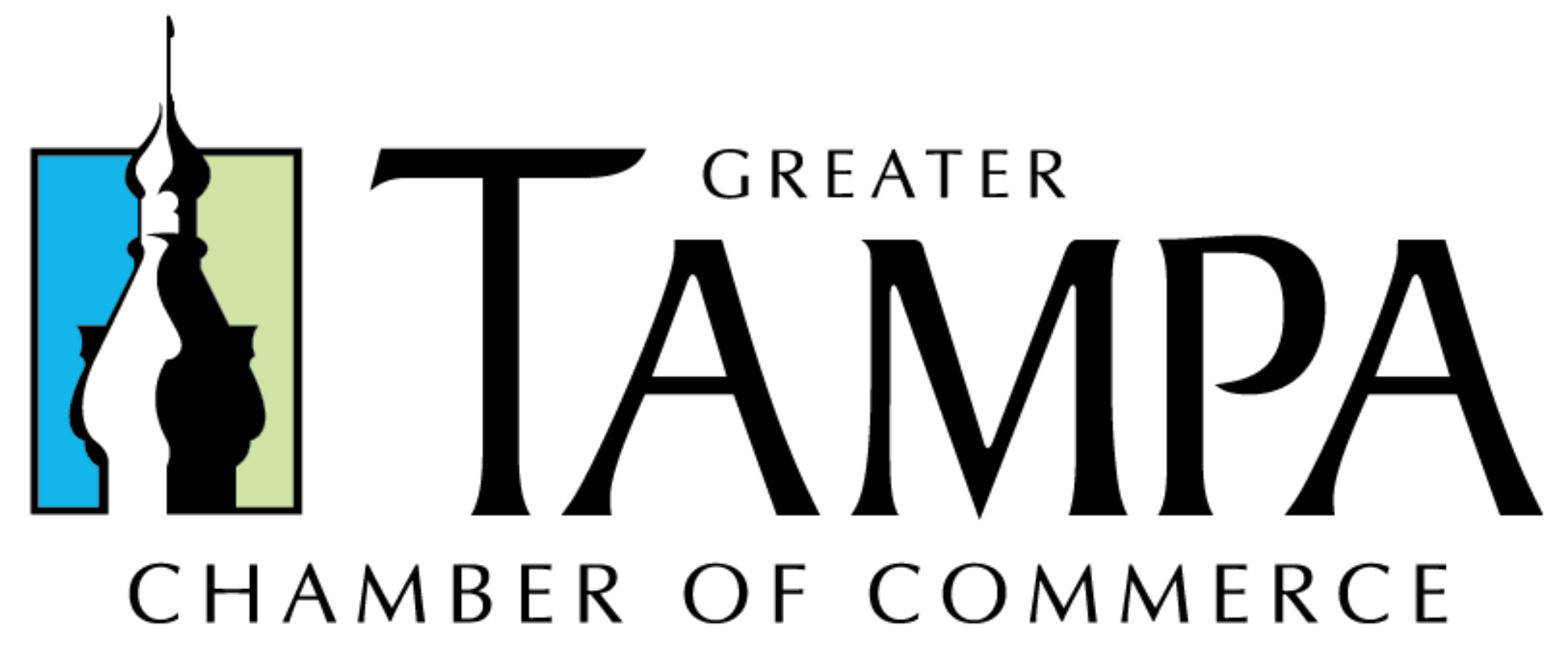Antigua & Barbuda An Incentive Travel Featured Destination
Antigua and Barbuda are twin isles located between the Caribbean Sea and the Atlantic Ocean. The two masses lie in the center of Leeward Islands, which is often referred to as the “Land of 365 Beaches.” Culture in the area has been immensely influenced by British customs since it was once part of the countries empire. Both isles reside to the southeast of Puerto Rico as part of the North American continent. The terrain of these islands was developed by limestone formations in addition to volcanic activity. They are low-lying land masses that have become popular for their beaches. Climates in the region are toned-down by the northeast trade winds and precipitation remains minimal due to the low elevation of each island.
Local History
Sir Christopher Codrington was the first to arrive in the beautiful lands of Antigua and Barbuda. The enterprising man came to the region in 1684 to determine if it was suitable for sugar cultivation. It was a successful venture where cultivation remained prominent on Antigua for approximately fifty years. In the mid-18th century, over one-hundred fifty processing windmills were scattered across the island and can still be viewed today by visitors. Many have been transformed into bars, shops, or restaurants; however, the original mill on Codrington’s estate has been fully restored. Antigua grew into a significant port and commercial colony at the end of the eighteenth century. It was then referred to as the “gateway to the Caribbean” since its position could be used to control numerous sailing routes. Several historical sites were built to protect the land from outside attacks during the colonization period and remain standing for visitors to view.
Things to See & Do
Of the two islands, Barbuda remains fairly undeveloped while Antigua has been slightly commercialized. Barbuda delivers white sanded beaches in a peaceful, mostly unaltered setting. The activities offered on this undeveloped mass of land are centered on nature. Travelers are able to participate in beachcombing, fishing, hunting, and resort offered fun. Resorts on both isles allow travelers to take part in activities such as:
- Golf
- Tennis
- Diving
- Snorkeling
- Beach Basking
- Horseback Riding
- Hiking
- Bird Watching
Visitors have a few specific points of interest when staying on Barbuda including a trip to the Frigate Bird Sanctuary. This sanctuary consists of stunning beaches mixed with shipwreck sites and gorgeous reef formations. The island, reachable by plane or boat from Antigua, houses luxury accommodations in addition to small, cozy hotels. Antigua is more modernized with a variety of things to do including eateries and shopping opportunities. Individuals visiting the island should take some time to see the best view of the English Harbour from Shirley Heights or the creative works of art housed at Harmony Hall museum. This particular museum plays a major role in the area arts community and holds many events to show off local creations. The Museum of Antigua and Barbuda presents the story of these two land masses from their first formation to present day. Both isles provide countless attractions, sightseeing opportunities, and some of the best beach scenery in the world.

